You might think grabbing a crisp apple or tossing spinach into your smoothie is a clean, healthy choice—but there’s a hidden downside in your produce drawer. Many of your favorite fruits and veggies are coated in a cocktail of pesticides that don’t simply wash away, and experts say some of these residues can pose risks over time. The Environmental Working Group’s “Dirty Dozen” list reveals which produce items test the highest for pesticide contamination, and the results might surprise you. Before your next grocery run, here’s what you need to know about the hidden chemicals lurking on your produce.
1. Spinach
Spinach tops charts for pesticide contamination with residues that cling stubbornly to its crinkled leaves. Tests consistently find permethrin—a neurotoxic chemical—lurking on this popular salad staple.
Despite thorough washing, spinach’s large surface area and delicate structure trap chemicals in ways that make them nearly impossible to remove completely. A single serving can contain residues from up to 7 different pesticides.
Farmers spray spinach heavily because its tender leaves attract numerous pests. Children are particularly vulnerable to these residues because their developing bodies process toxins differently than adults do.
2. Strawberries
Those juicy red berries hiding chemical secrets? Strawberries consistently rank as the most contaminated produce in America. Laboratory tests reveal the average conventionally-grown strawberry contains residues from 7-12 different pesticides.
Their porous surface and countless tiny seeds create perfect hiding spots for fungicides and insecticides. Even thorough washing can’t eliminate these chemicals completely.
Strawberry fields receive up to 300 pounds of pesticides per acre! Many of these chemicals are linked to cancer, reproductive harm, and hormone disruption—making these sweet treats potentially bitter for your health.
3. Kale
Kale’s superfood status hides a troubling reality—it’s among America’s most contaminated greens. Testing reveals over 60% of samples contain DCPA (Dacthal), classified as a possible human carcinogen and banned in Europe since 2009.
The leafy structure creates numerous nooks where pesticides hide. A single kale sample often contains residues from at least five different pesticides, with some showing up to 18 distinct chemicals.
Conventional kale farming relies heavily on pesticides to combat cabbage loopers, aphids, and flea beetles. This chemical dependency creates a concerning gap between kale’s healthy reputation and its potential risks.
4. Grapes
Pop a grape in your mouth and you might be consuming more than just fruit. Conventional grapes typically contain residues from 15+ pesticides—more than almost any other produce item. Their thin, permeable skin offers minimal protection against these chemicals.
Fungicides like myclobutanil and fludioxonil appear frequently in testing. Many grape pesticides are linked to reproductive harm and hormone disruption, raising special concerns for pregnant women and children.
Vineyard spraying often happens multiple times throughout the growing season. Because grapes grow in clusters, pesticides can become trapped between fruits where washing can’t reach them.
5. Peaches
That fuzzy peach skin might feel soft, but it’s actually a pesticide magnet. The downy exterior traps and absorbs chemicals, making peaches particularly vulnerable to contamination. Tests routinely find up to 62 different pesticide residues on conventional peaches.
Peach trees face numerous fungal threats and insect pests, leading to repeated chemical applications. Many of these compounds are endocrine disruptors that can interfere with hormone function.
Rinsing barely scratches the surface—literally. The fuzzy texture that makes peaches so distinctive also makes them excellent at holding onto pesticides, with residues penetrating beyond what water can remove.
6. Cherries
Behind their sweet flavor, cherries hide a concerning chemical reality. Tests find an average of five different pesticide residues on conventional cherries, including bifenthrin and chlorpyrifos—compounds linked to developmental issues.
Cherry trees face relentless pressure from fruit flies, moths, and fungal diseases. Farmers respond with aggressive spray schedules that can leave multiple layers of residue.
The short harvest window for cherries means accelerated growing practices and sometimes heavier pesticide use. Children who love this finger food are especially vulnerable to these residues, as their smaller bodies process toxins differently than adults.
7. Nectarines
Unlike their fuzzy peach cousins, nectarines sport smooth skin that offers little barrier against pesticides. Nearly 100% of conventional nectarine samples test positive for pesticide residues—often from multiple chemicals.
The smooth, thin skin allows pesticides to penetrate deeply, where they remain even after washing. Stone fruits like nectarines face numerous fungal and insect threats, leading to heavy pesticide applications.
Farmers typically spray nectarines 5-12 times during a growing season. Children who consume conventional nectarines regularly may face higher exposure to organophosphates and other neurotoxic compounds linked to developmental delays.
8. Pears
Biting into a juicy pear might expose you to more than just fruit. Conventional pears routinely test positive for at least 5 different pesticide residues, including insecticides and fungicides that can penetrate beyond the skin.
Pear trees suffer from fire blight, codling moths, and pear psylla, leading to multiple chemical treatments. The unique grainy texture of pear flesh can trap these substances deep within the fruit.
Pesticides like pyrimethanil and carbendazim—both linked to thyroid disruption—appear frequently in testing. Even peeling pears doesn’t eliminate all risks, as systemic pesticides circulate throughout the entire fruit from roots to flesh.
9. Apples
An apple a day keeps the doctor away—but what about the pesticides? Conventional apples typically contain residues from 4-5 different pesticides, including diphenylamine, a chemical banned in Europe due to cancer concerns.
Apple trees face relentless pressure from codling moths, apple maggots, and fungal diseases. Their thin skin and waxy coating make them particularly effective at trapping and holding pesticides.
The average conventional apple orchard receives 4-12 chemical treatments per growing season. Children consume more apples proportional to their body weight than adults, making pesticide exposure especially concerning for our youngest eaters.
10. Blackberries
Those plump blackberries harbor a startling secret—residues from over 30 different pesticides have been detected in testing. Their complex structure of tiny drupelets creates countless hiding spots for chemicals.
Conventional blackberry farming battles spotted wing drosophila, broad mites, and fungal diseases with repeated chemical applications. The berries’ deep crevices make thorough washing nearly impossible.
Many pesticides used on blackberries are systemic, meaning they’re absorbed into the plant tissue itself. No amount of rinsing removes these internal residues, which can include compounds linked to neurological effects and hormone disruption.
11. Blueberries
Small but mighty, blueberries pack a concerning pesticide punch. Testing reveals residues from fungicides like boscalid and insecticides like phosmet clinging to these popular berries even after washing.
Blueberry bushes face threats from fruit flies, maggots, and fungal diseases. Their small size and high surface-area-to-volume ratio means more skin exposure to pesticides relative to fruit volume.
The bloom—that natural waxy coating on blueberries—helps protect the fruit but also traps pesticides. Children who snack on conventional blueberries by the handful may be consuming more pesticide residue than parents realize, with potential impacts on developing brains and bodies.
12. Potatoes
The humble potato—America’s most consumed vegetable—harbors a dirty secret beneath its skin. Conventional potatoes typically contain residues from chlorpropham (a sprout inhibitor banned in Europe) and other concerning chemicals.
Growing underground doesn’t protect potatoes from pesticides. Soil treatments, seed treatments, and post-harvest applications create multiple exposure routes.
Most concerning? Potatoes absorb pesticides like a sponge. These chemicals penetrate deep into the flesh, making peeling ineffective at removing all residues. Given that the average American eats 117 pounds of potatoes annually, this creates significant cumulative exposure to these potentially harmful substances.
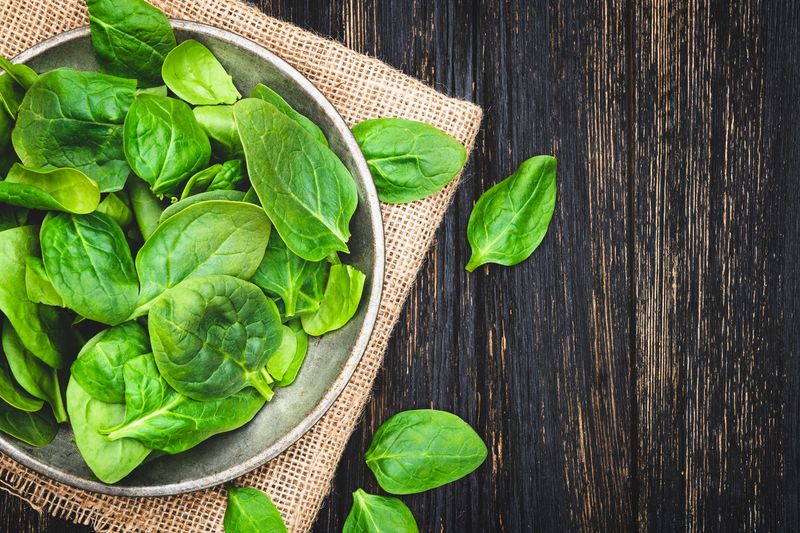
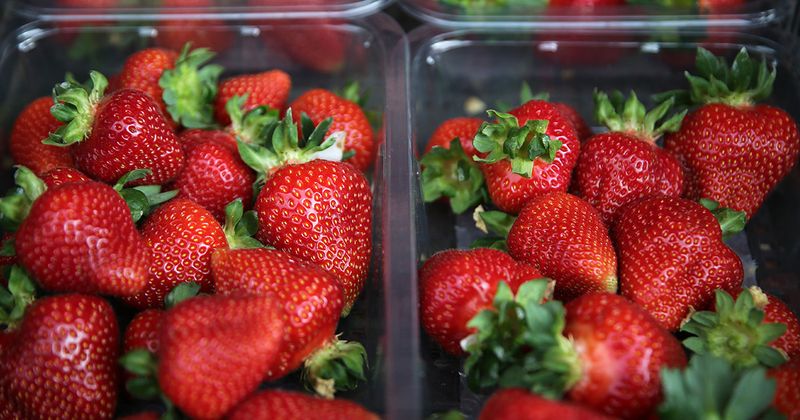
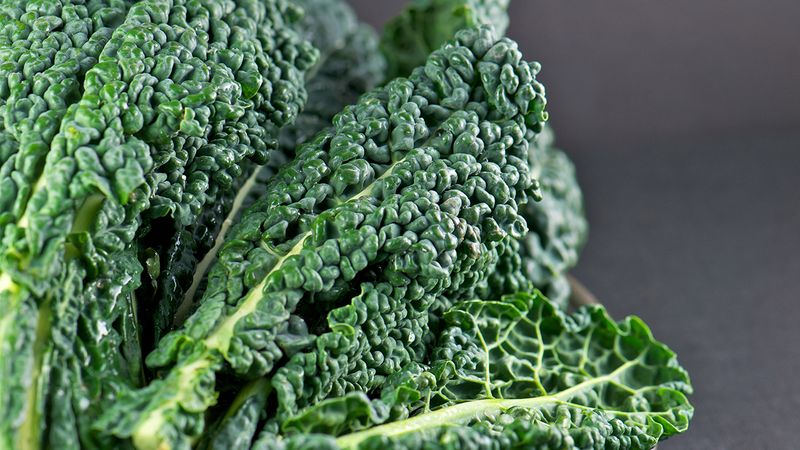

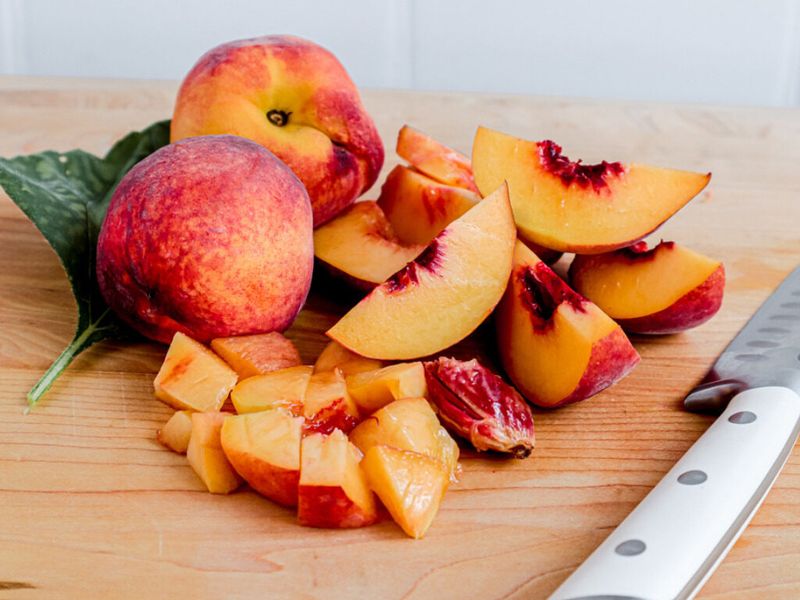
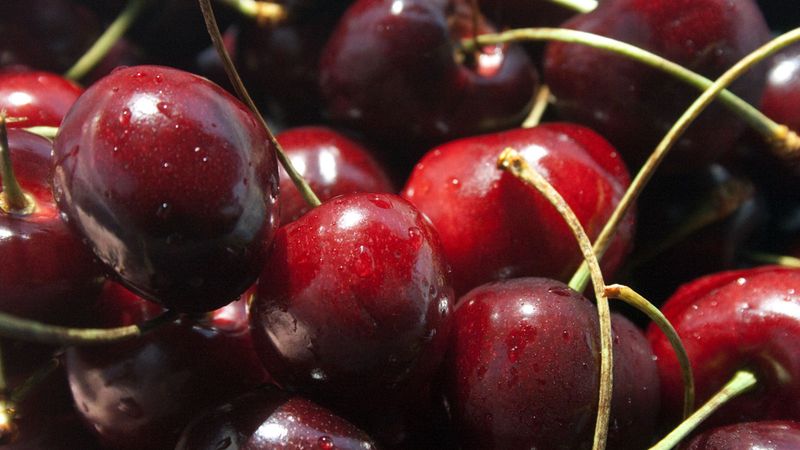
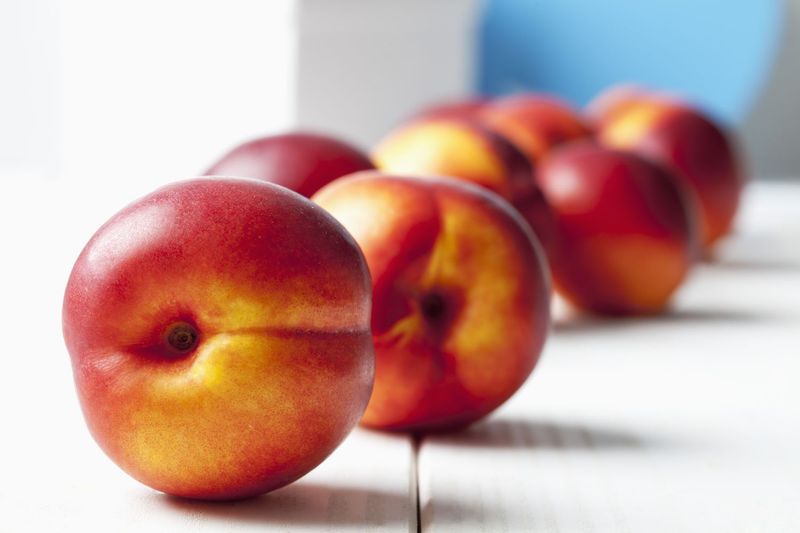
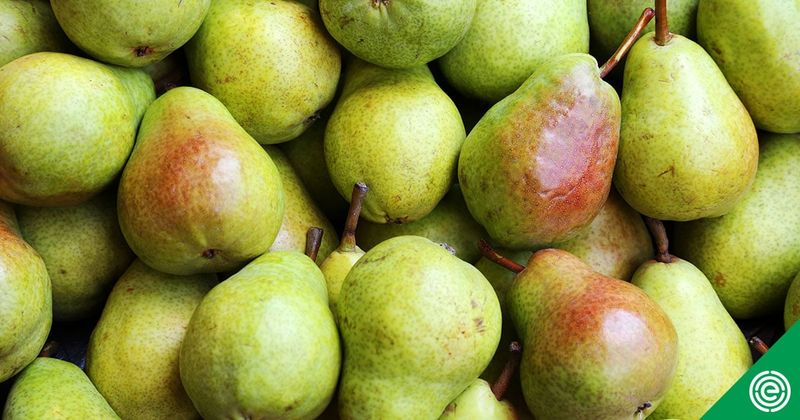
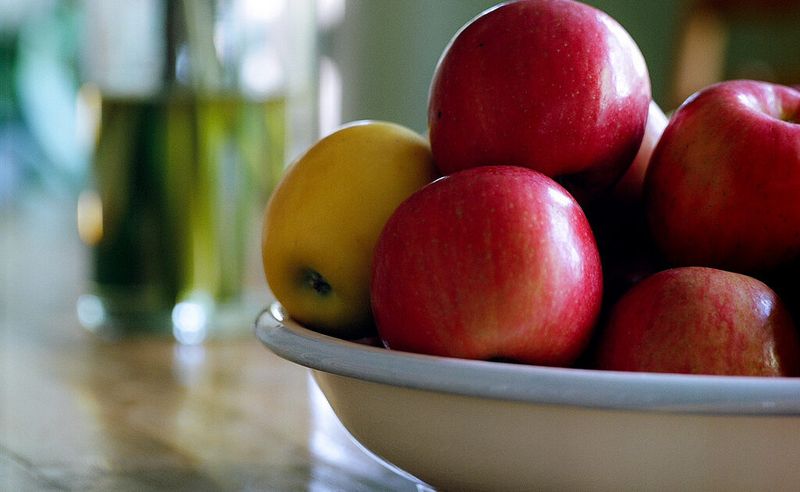
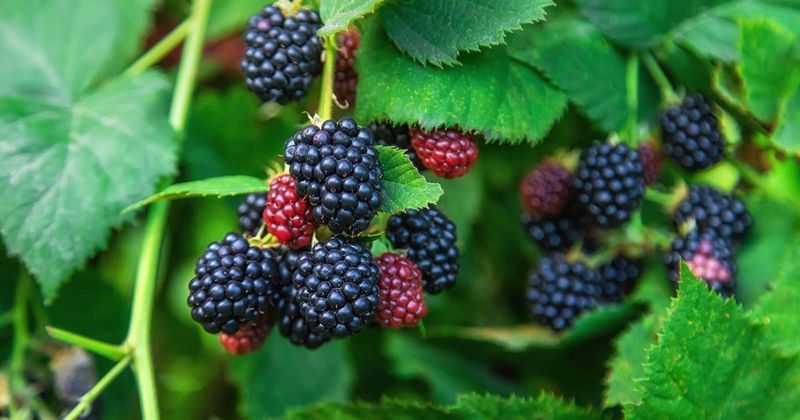
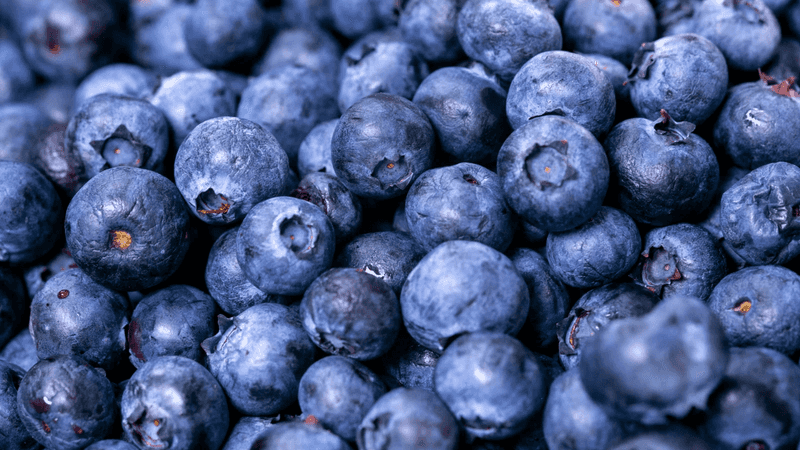
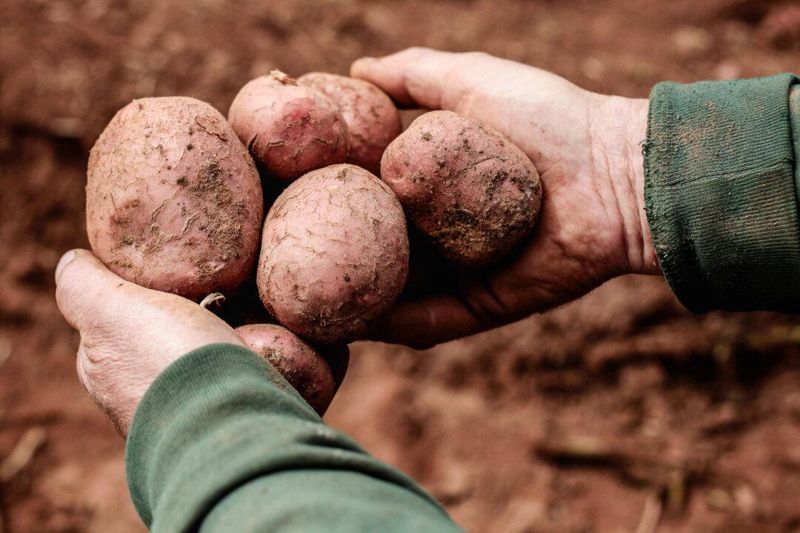
Leave a comment